Most modern vehicles use either drum brakes or disc brakes, and sometimes manufacturers use both. Drum brakes and disc brakes have different benefits and problems, which is why they can work well together. It is essential to understand the differences to decide which brakes you use and where on your vehicle.
The drum brake has shoes that press against a metal drum housed inside the wheel to stop the vehicle. The disc brake has a disc-shaped rotor inside the wheel. When you press the brake, a caliper will squeeze the rotor, stopping the car.
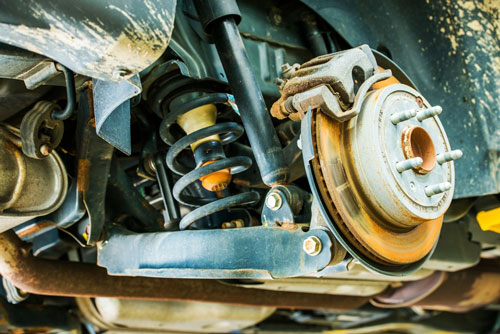
A Brief History of Car Brakes
Both brakes are far more impressive than the original braking system. Early vehicles used a block of wood that pressed against the wheel to stop it. Cars used this braking method until pneumatic rubber wheels were invented in the late 1890s by Édouard Michelin. The wooden block would grind down the rubber quickly with these new wheels, making it an ineffective and overly expensive braking option.
The disc brake and the drum brake were patented in the same year, 1902, by different men. Frederick William Lanchester patented the disc brake, and Louis Renault, the famous car company founder, patented drum brakes.
Even though they were invented simultaneously, drum brakes had much quicker and more widespread success. Disc brakes had a bad start because the original design, copper brake pad linings moving against a metal disc, would make a loud screeching noise every time a driver tried to stop. Herbert Frood came up with a creative solution. He lined the pads with long-lasting asbestos. It virtually eliminated the noise. However, due to health and safety issues, the asbestos had to be removed in the 1980s. While most modern car manufacturers would say that disc brakes are better than drum brakes in many ways, they had a hard time gaining popularity due to all setbacks with production.
Until about the 1970s, disc brakes were mostly used for sports cars and high-performance vehicles because they had more braking power. In the 1970s, U.S. car manufacturers started switching from drum brakes to disc brakes on the front tires of most of their vehicles. Let’s discuss the reasons for this shift.
Disc Brakes vs. Drum Brakes
Drum brakes have some problems. Because the drum brake system is enclosed in the wheel, it is more likely to overheat, and it doesn’t do well in wet conditions. If the brake overheats, this creates less friction, making the brakeless responsive. Overheating can also cause the drum to warp, creating vibrations in the wheel. They also struggle in wet conditions since moisture is more likely to get trapped inside the enclosure, making the brakes less effective.
Drum brakes are much more prone to brake fade. Brake fade happens when the braking power diminishes due to extended overheating. If you are driving and need to stop quickly or on a downhill and feel the brakes are taking a little longer than normal, or you have to push harder on the brake pedal, you may be experiencing brake fade. It will also frequently occur if you are an aggressive driver and are braking a lot, if you brake going downhill or hauling a heavy load or oversized vehicle.
Drum brakes do have benefits that disc brakes do not have. Drum brakes are self-energizing, which means they brake harder the more the wheel tries to turn. This makes them very useful for parking a vehicle. Many vehicles that use all disc brakes add a drum brake as well so that they can park safely. While drum brakes may seem inferior, they are still necessary for your vehicle’s safety in many cases, depending on the manufacturer.
Disc brakes are the superior brake system in almost every other way. Because their design is more open, they do not overheat as often, and they do much better in wet conditions. The open design of disc brakes will not allow moisture to accumulate. They stop better on downhills, and they have more stopping power in general. There is less dust buildup, thereby minimizing unsightly brake dust on your wheels. Drum brakes tend to trap moisture and can cause rusting of the brake shoe components.
Most modern vehicles use disc brakes on the front wheels since these are the harder working brakes. And the back wheels have drum brakes for parking. Some manufacturers feel this is the most cost-effective option and works well for standard vehicles. Unless you drive a race car, you will be safe and comfortable in a car with disc brakes in front and drum brakes in the rear; most people would never know that some vehicles utilize rear drum brakes unless they were told. If you are still unsure, make sure to talk to a trusted auto shop about your options.
At Northwest Auto Center of Houston, we are here to help! Give us a call today to make an appointment, and we’ll check your brakes at NO CHARGE!

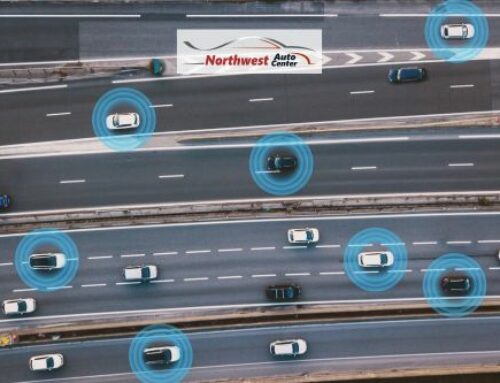
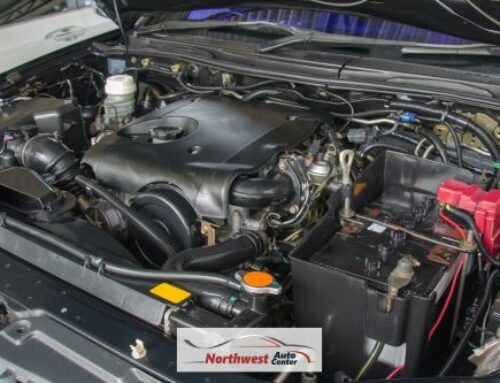
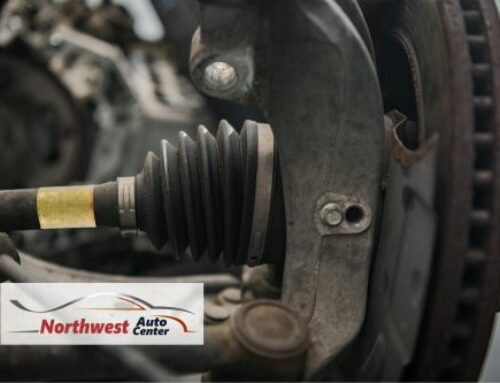
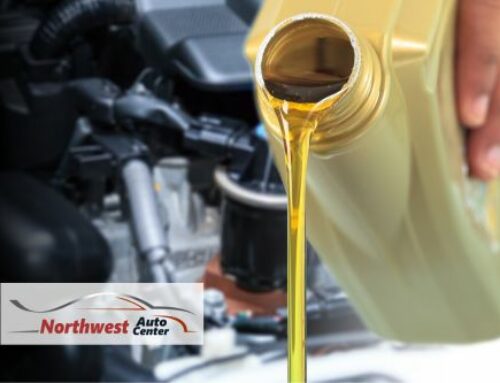
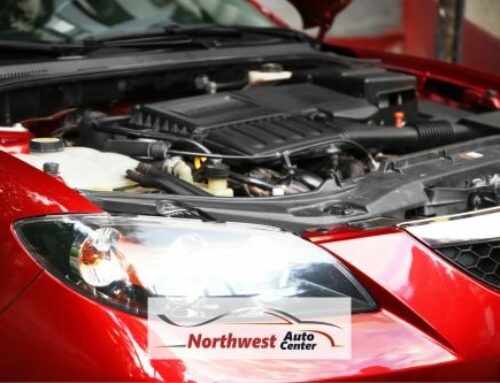
Leave A Comment
You must be logged in to post a comment.